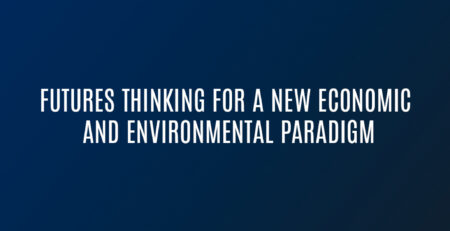Adopting a Holistic Approach to Sustainability
Sustainable living is inherently holistic, but many people focus solely on the environmental aspect. The dictionary definition of sustainable is “the ability to be maintained at a certain rate or level.” This doesn’t just mean environmentally, but economically and socially as well. Living a sustainable lifestyle is effective when it doesn’t further your financial or social strain. It focuses on what you can do to decrease your footprint without taking more money or time than you can afford to give. Many sustainable practices are completely free, while there are some that can take time or money. Every single practice makes a difference, but sustainable living is meant to be enjoyed.
So what’s free? Reusing bottles or bags from the grocery store is free, as is buying reusables such as silicone cotton swabs and reusable cookie sheets. Though purchasing reusables may cost a bit more upfront, they save an infinite amount of money in the long run. They also add to a fun and personalized home.
What costs time? Growing your own food, designing your own clothes, and building your own furniture can take time. Although fun and challenging, these tasks aren’t necessary to live a sustainable life. However, if you love DIY projects, there’s so much to be gained from these experiences. We will talk more in-depth about the endless possibilities in a later email.
What costs money? Compost bins, raised garden beds, SodaStreams, bidets, and other pricy hardware aren’t necessary to live a sustainable life, but if you love the idea and purchasing them wouldn’t create an unsustainable financial situation, they’re great ideas!
When all is said and done, the best way to begin your sustainable journey is to make a personal assessment based on what you know you have the time and money for.
Sustainability isn’t a competition or an uphill battle. It’s about making small, manageable adjustments that save time, money, and the planet.








